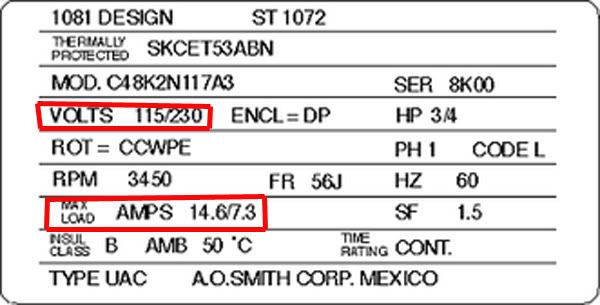So on my pool subpanel I have 240 going to it, with each leg on a 20 amp breaker from the main panel (so 40amp total going to the pool subpanel). IIRC each leg is 12awg, which is a correct size for 20amp. Keep in mind the pool subpanel is 10' from the house panel so voltage loss doesn't apply.
So my friend buys a new hot tub and is showing me the manual. It wants a 50 amp subpanel, 240v, with all wiring 6awg. Not just the ground but the two hots and neutral too. Googling, I find this is typical gauge for hot tubs. Looking at the wire size/amp table 6awg is rated for 55 amps with minimal runs.
Isn't that 55 amps per leg of the 240, or 110amps collectively? And if so why so oversized??? Only thing I can think of is to dumb it down for most situations so electricians always use the same wire whether its a 10' run to the hot tub or 100' run.
Puzzled.
So my friend buys a new hot tub and is showing me the manual. It wants a 50 amp subpanel, 240v, with all wiring 6awg. Not just the ground but the two hots and neutral too. Googling, I find this is typical gauge for hot tubs. Looking at the wire size/amp table 6awg is rated for 55 amps with minimal runs.
Isn't that 55 amps per leg of the 240, or 110amps collectively? And if so why so oversized??? Only thing I can think of is to dumb it down for most situations so electricians always use the same wire whether its a 10' run to the hot tub or 100' run.
Puzzled.


